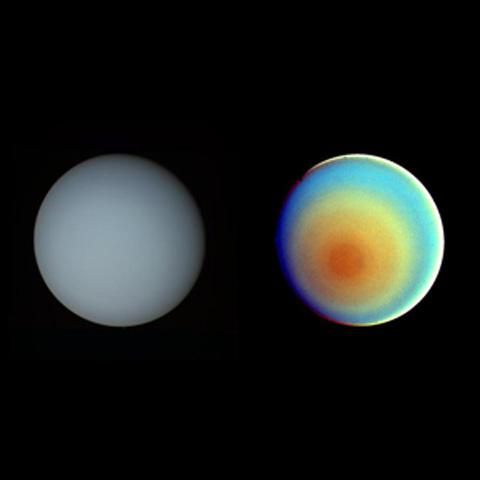LoveCake
Member

https://twitter.com/NASAVoyager
Today the 5th September is the date that Voyager 1 launched in 1977 and it's forty years to the day that it started its cosmic voyage.
The Voyager program is a continuing American scientific program that employs two robotic probes, Voyager 1 and Voyager 2, to study the outer Solar System.[1] They were launched in 1977 to take advantage of a favorable alignment of Jupiter, Saturn, Uranus, and Neptune, and are now exploring the outer boundary of the heliosphere in interstellar space. via Wiki.
I love space I always have and I have a soft spot for the Voyager spacecraft as they were launched the same year I was born.
NASA has a special fortieth anniversary page set up with posters and infographics.



Voyager 1 sent back probably the most important image in all of human history, in fact the image contains all of human history.
Pale Blue Dot - Carl Sagan
Pale Blue Dot is a photograph of planet Earth taken on February 14, 1990, by the Voyager 1 space probe from a record distance of about 6 billion kilometers (3.7 billion miles, 40.5 AU), Earth's apparent size is less than a pixel; the planet appears as a tiny dot against the vastness of space, among bands of sunlight scattered by the camera's optics.

May Voyager 1 and Voyager 2 continue for many eons to come, carrying humanity's message that "we were here".


